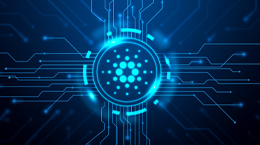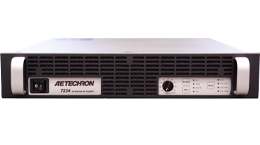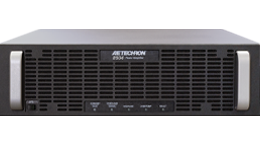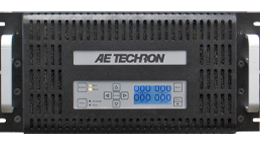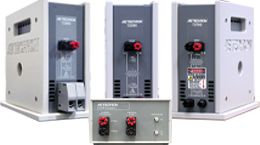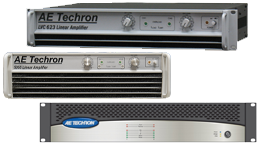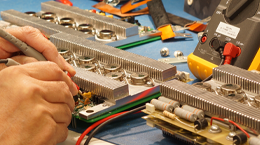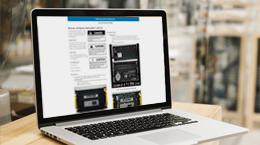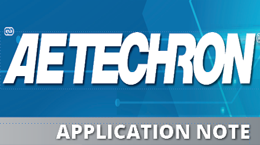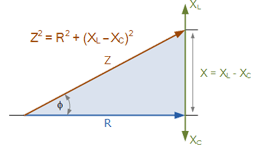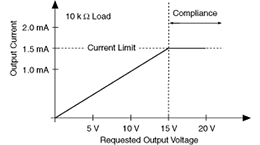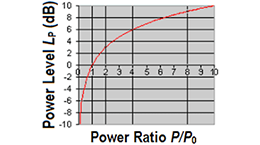Energy Sector Market Solutions
Relay Testing | Power Grid Simulation | Microgrid Testing | Power HIL
Energy Sector Expertise
Traditionally, the energy sector has been an area that is slow to embrace change. But recently that is changing because of significant pressure from multiple areas. From renewable energy requirements and smart grid solutions, to changing demand caused by electric vehicles and weather extremes, the present aging infrastructure is not prepared.
Because of these changing energy requirements, pressures are significant to simulate present and expected demands and to determine what changes to the local grid may be required. And AE Techron has products that can help with this.
Relay Testing

Protection relays play a key role in modern energy systems and they must work reliably at all times. Only correctly operating protection relays protect primary equipment from damage and contribute to a reliable power grid.
Therefore, protection relays must undergo thorough tests throughout their entire lifecycle – from development and manufacturing to commissioning and regular maintenance during operation. Efficient testing is therefore more important than ever. Our relay testing solutions helps our customers to master the challenges involved in testing protection relays and other assets.
Power Grid Simulation

Many of the grid simulation tests involve a failure at some point in the line. They are measuring the beginning point and the endpoint, and they are measuring it down to microseconds to determine where along the line the failure occurs.
This requires equipment that has ridiculously tiny amounts of latency between when a signal is applied and when it comes out the back end of the amplifier. They are looking at phase angle, so the signal needs to be very, very stable. Our linear amplifiers, like the 7224RLY and 7548RLY work very well for these requirements. And when voltage and current are required, then our 4301 Test System is an excellent solution.
Microgrid Testing
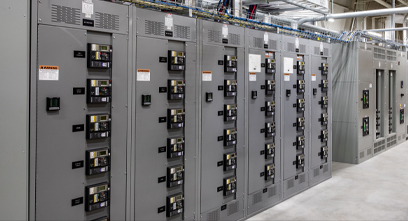
A microgrid co-locates electricity generation and consumption. Unlike the utility grid, which generates electricity in a centralized power plant and then distributes it along hundreds of miles of transmission lines, a microgrid generates electricity on-site.
Microgrids pose unique challenges over traditional power grids: variable topologies, complex control and protection systems, an array of communication protocols and the need to incorporate multiple equipment systems. These challenges make field testing complex and risky, so the IEEE 2030.8-2018 standard recommends Hardware-in-the-Loop (HIL) and Power Hardware-in-the-Loop (PHIL) testing for the development, validation, and integration of microgrid control and protection systems.
Power HIL

When designing and manufacturing electrical equipment, testing the integration with the rest of the system is rarely possible due to limited availability, high cost, or safety considerations. It is usually impossible to connect to the power grid when testing renewable energy integration.
When testing electric powertrain components, the electric motor or battery pack may not be ready. One cannot reproduce extreme and fault conditions with field testing. Therefore, engineers use Power HIL testing to thoroughly test power equipment under typical and fault conditions by connecting to a virtual electrical plant.
Power HIL is a technique in which electrical equipment is incorporated into an electrical simulation through its electrical power interface. A power amplifier creates the electric power interface with the equipment. The actual and simulated interfaces are synchronized via a high-end real-time simulation.


